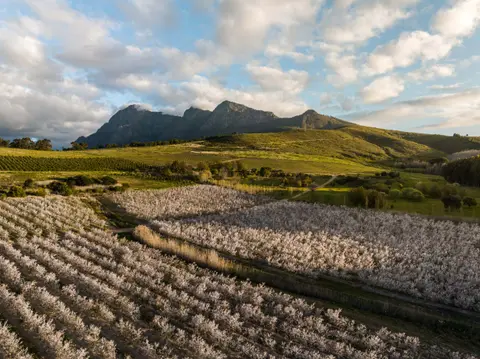Cape Town isn’t just a destination - it is a tapestry of rich experiences, woven with the threads of natural beauty, cultural depth, and an unending spirit of warmth.
Cape Town is not just a destination for visitors—it’s a treasure trove of history and heritage that we, as locals, can take pride in. From the forgotten subterranean rivers of the City Bowl to the iconic landmarks with tales that span centuries, there’s always something new to discover about our home.
We’re excited to share some fascinating and lesser-known stories about our beautiful city. Let’s celebrate the rich tapestry and heritage of Cape Town this Heritage Month and inspire others to see our city through new eyes.



























